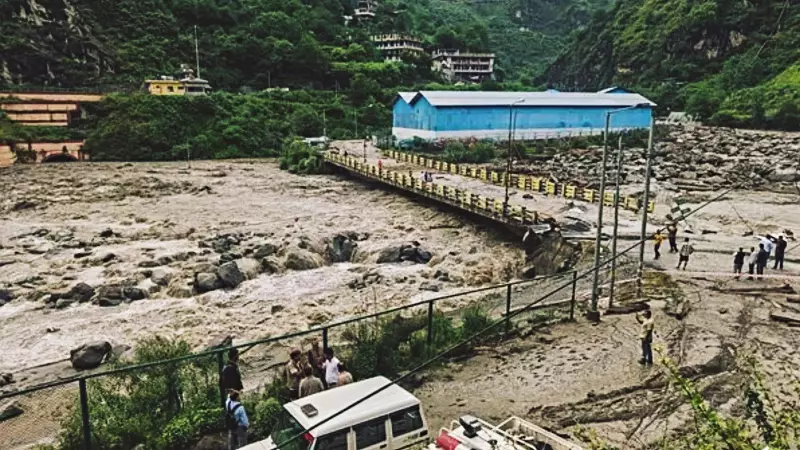
The Supreme Court of India has raised serious concerns about rampant illegal tree cutting in Himachal Pradesh, warning that this environmental violation has significantly worsened the devastating flood situation in the hill state.
Judicial Intervention in Environmental Crisis
During a hearing on Friday, the apex court expressed deep alarm over how unauthorized deforestation has amplified the destruction caused by recent floods. The bench, comprising Justice BR Gavai and Justice PK Mishra, highlighted that uprooted trees scattered across the region provide clear evidence of widespread illegal felling activities.
Directives to State Authorities
The court has issued stern directives to the Himachal Pradesh government, demanding immediate action:
- Thorough investigation into illegal tree cutting across the state
- Detailed report submission on environmental violations
- Assessment of how deforestation contributed to flood devastation
- Identification and action against responsible parties
Environmental Impact Assessment
The judicial observation pointed to a direct correlation between tree cover loss and increased flood vulnerability. Without the natural barrier provided by forests, rainwater flows unchecked, causing severe soil erosion and devastating landslides that have claimed numerous lives and destroyed property.
Broader Implications for Himalayan States
The court's intervention extends beyond Himachal Pradesh, with similar concerns raised about Uttarakhand. This landmark case could set important precedents for environmental protection across all Himalayan states, where deforestation remains a critical concern.
Environmental experts have long warned that the fragile Himalayan ecosystem cannot withstand such large-scale tree removal, and the recent floods serve as a tragic validation of these concerns.
Path Forward
The Supreme Court has scheduled further hearings to monitor compliance with its directives, emphasizing that environmental protection must become a priority for state governments. The outcome of this case could revolutionize forest conservation efforts throughout India's vulnerable mountain regions.





